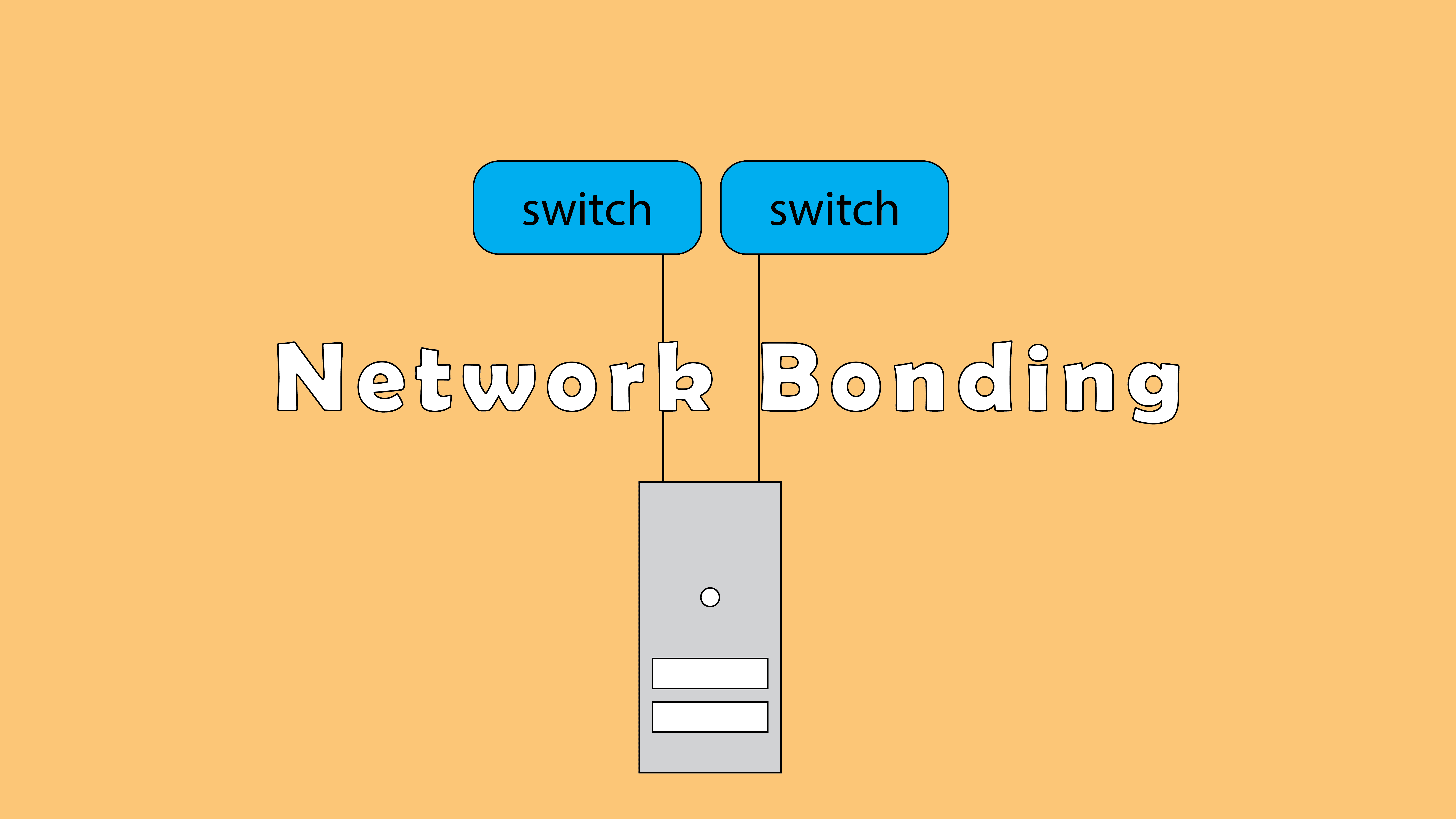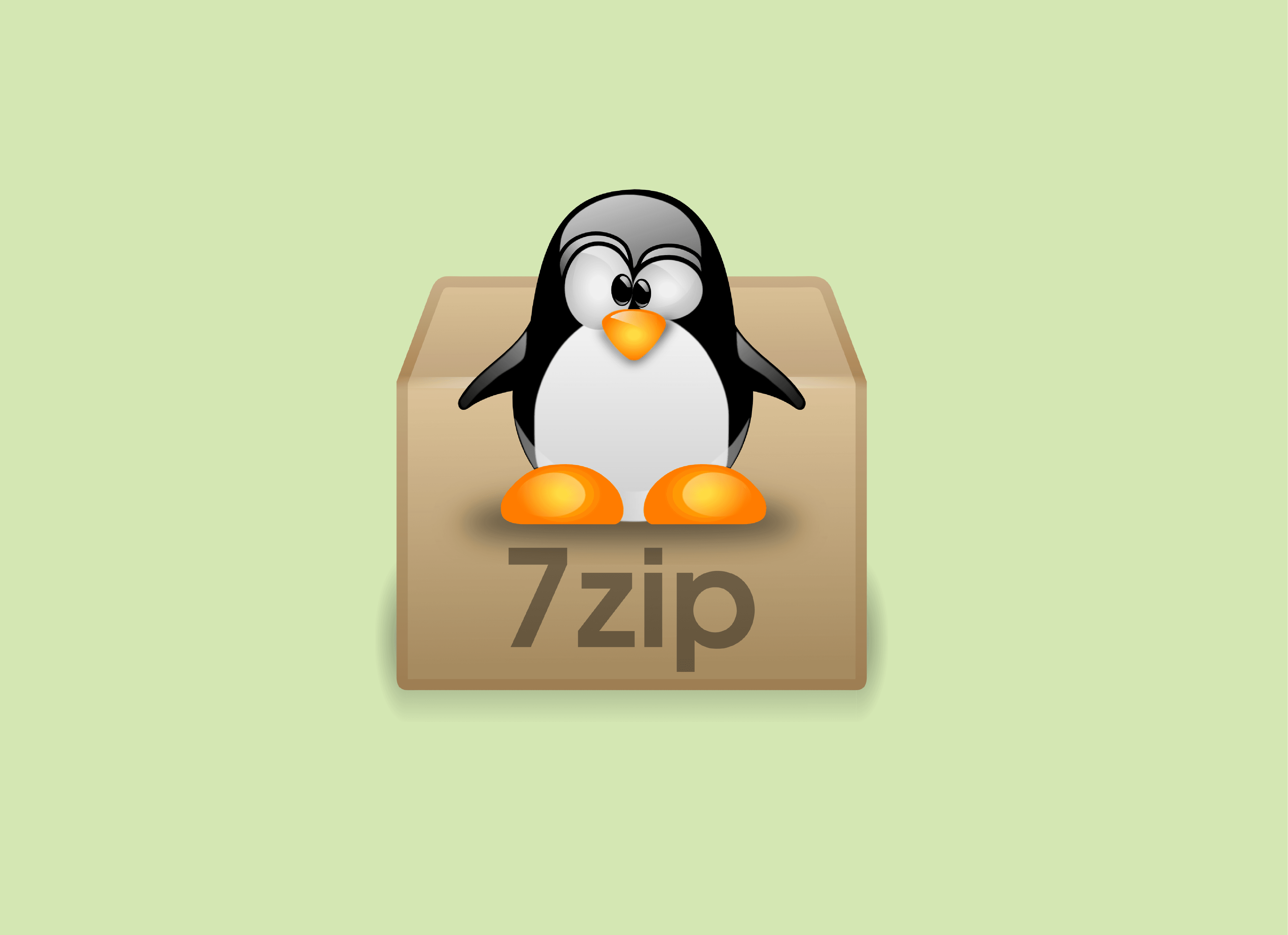What is AIX system ?
AIX (Advanced Interactive eXecutive) is a proprietary operating system developed by IBM for its line of Power Systems servers. It is a Unix-like operating system, based on the Open Group’s Single UNIX Specification (SUS).
AIX is designed for use in enterprise environments, and is known for its scalability, reliability, and security features. It is used by many large organizations around the world, including banks, insurance companies, and government agencies. AIX is supported on IBM’s Power Systems servers, which are based on the Power Architecture processor architecture.
What are advantages to using AIX
There are several advantages to using AIX :
Scalability: AIX is designed to scale up and support large workloads, making it suitable for use in enterprise environments.
Reliability: AIX is known for its reliability and uptime, which is important for mission-critical applications.
Security: it includes various security features, such as encryption, access controls, and secure boot, which help to protect against cyber threats.
Virtualization: AIX supports virtualization, which allows multiple virtual machines to run on a single physical server, improving resource utilization and reducing hardware costs.
Compatibility: AIX is compatible with a wide range of applications and hardware, including those developed for other Unix-like operating systems.
Support: IBM provides a range of support options for AIX, including online resources, technical support, and training.
Is AIX better than Linux ?
It is difficult to make a general statement about whether AIX is « better » than Linux, as the choice of operating system depends on the specific needs and requirements of an organization. Both AIX and Linux are robust and reliable operating systems that are widely used in enterprise environments.
One advantage of AIX is that it is designed specifically for use on IBM’s Power Systems servers, which are known for their scalability and performance. AIX also includes a range of enterprise-grade features, such as virtualization and security enhancements.
On the other hand, Linux is an open-source operating system that has a large developer community and a wide range of software and tools available. Linux is also highly customizable and can be modified to meet the specific needs of an organization.
How to download AIX system ?
To download AIX, you will need to have access to an IBM Passport Advantage account. Click on this URL and follow the steps.
Note that AIX is a proprietary operating system, so you will need to purchase a license in order to use it.
Some AIX commands and theire correspondences on Linux
– Start, Restart, stop services :
To restart a service you can use the « stopsrc » and « startsrc » commands. Here’s an example of how to use these commands to restart the Apache HTTP server:
First, stop the Apache service using the « stopsrc » command:
# stopsrc -s apache2
Next, start the Apache service using the « startsrc » command:
# startsrc -s apache2
You can also use the « refresh » command to restart a service. For example:
# refresh -s apache2
Commands correspondence on Linux:
# systemctl httpd start # systemctl httpd stop # systemctl httpd restart
– Check OS level :
To check the version of AIX that is installed on your system, you can use the « oslevel » command. This command will display the version and release level of your AIX system :
# oslevel -s
Commands correspondence on CentOS:
# uname -a
– List installed package :
To list the installed software packages on an AIX system, you can use the « lslpp » command. This command will display a list of all the software packages that are installed on the system :
# lslpp -l
This command will display a list of all installed software packages, along with their version, release, and other information.
You can also use the « -f » option to list the files that are included in each package:
# lslpp -l
Command correspondence on CentOS :
# rpm -qa
– Delete a user :
To delete a user on an AIX system, you can use the « rmuser » command. This command will remove the user account and any files associated with the user.
# rmuser <username>
Command correspondence on CentOS :
# userdel -r username
– Create groups
To create a new group on an AIX system, you can use the « mkgroup » command. This command allows you to specify the name of the group and the group ID (GID).
Here is an example of how to use the « mkgroup » command to create a new group named « sales » with a GID of 500 :
# mkgroup -g id <group>
Command correspondence on CentOS :
# groupadd -g id group
– Delete group :
# rmgrp
Command correspondence on CentOS :
# groupdel
– Install software :
To install software on an AIX system, you can use the « installp » command. This command is used to install and manage software packages on the system :
# installp -a -d /path/to/package/files package1
This command will install the package from the specified directory. The « -a » option specifies that any required dependencies should also be installed.
Command correspondence on CentOS :
# yum install package








nmtui : Configurer une adresse IP sous Linux
Mis en place d’un cluster kubernetes avec kubeadm
Comment installer Nginx on Rocky Linux 9
Installer et configurer Ansible sur Rocky Linux 9
Fail2Ban : How to protect Linux services